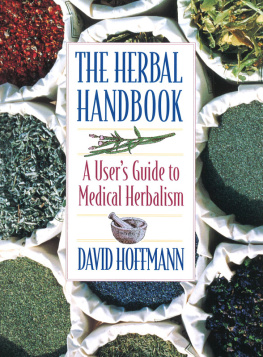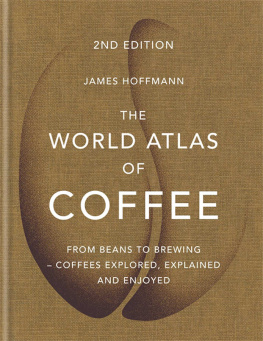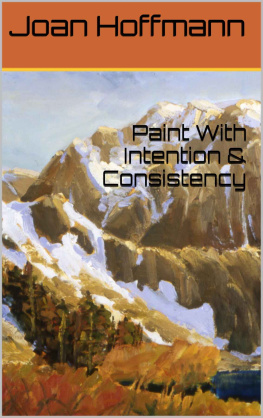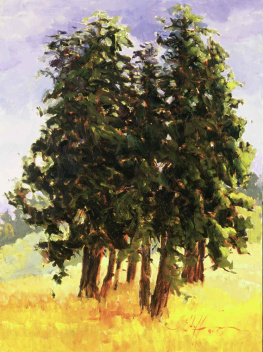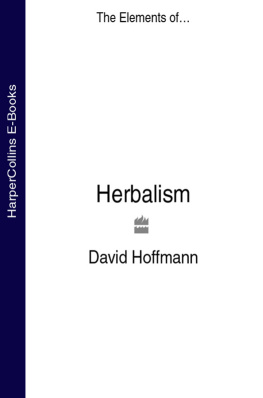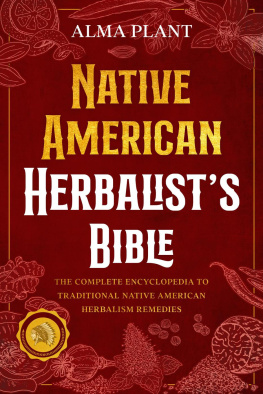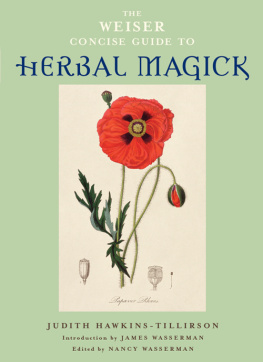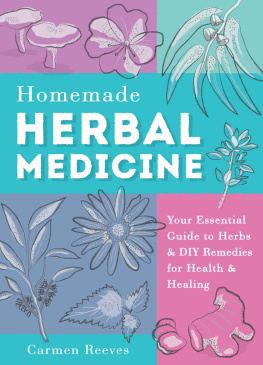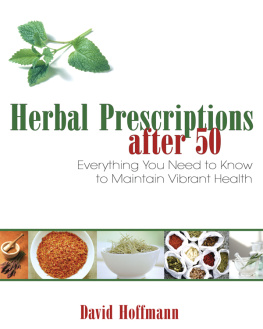The Herbal Handbook

HOW TO USE THE BOOK
The HERB USER GUIDE is offered as an introduction to the fascinating study of Herbalism. It is a field of human endeavour that is at once healing, life enhancing, trans-formative and fun.
Actions are used here as a primary road map for exploring this vast field. Individual herbs are described under their main action or in a chapter on the body system for which they are most commonly used. To find the main entry on a herb, please use the index.
Each action is explained in a way that ensures an understanding of what it is and how it works. Specific herbal remedies are then given that use this action well.
A unique feature is an overview of a range of remedies that can act in the way described, but also have affinity for the various bodily systems. Each section on an action ends with this information. In this way the book provides the basis for logical and holistic prescribing as described in the chapters on bodily systems.
As an example we can consider a possible herbal prescription to reduce high blood pressure. It might contain:
HAWTHORN BERRIES LIME BLOSSOM YARROW
All of these herbs have a reputation for being HYPOTENSIVE, that is a remedy that reduces elevated blood pressure. However, you will see after studying these herbs that we have the following actions represented:
CARDIOVASCULAR TONIC DIURETIC NERVINE RELAXANT
With a grasp of some of the physiology that underlies this condition the role of these actions becomes evident. In the section on the systems it is just such an approach that is taken.
No knowledge of physiology is assumed or needed. The processes involved are explained as the book unfolds.
The first step is to gain an overview of the general possibilities in herbal remedies though the actions rather than setting out to learn all the herbs piecemeal.
It is a dilemma to try to structure a way through the wealth of herbal knowledge without creating artificial divides. I hope my attempts to do this are useful and that you enjoy this book.
WHAT IS A HERB?
He causeth the grass to grow for the cattle, and herb for the service of man.
Psalm 104:12
Herbs are different things to different people, from weeds, to culinary flavourings, to medicines. The definition depends on the discipline from which you look at it. Take medicine as an example. To a North American Indian, medicine is energy and power, and it is an expression of The Great Spirit. To a member of the American Medical Association, medicine is about illness, pathology and high technological cures for body faults. So the same word has very different interpretations.
Herbs are defined in different ways depending on the discipline in which they are used. In botany they are non-woody plants that are under 30cm high. In ecology the herb layer describes a horizontal level in environments such as forests and woods. To a gardener herbs are ornamental plants used in herbaceous borders, while to a chef they are the aromatic culinary plants.
Strictly speaking, a herb to a medical herbalist is any plant material that can be used in medicine and health care. Thus not only are botanical herbs used (White Horehound), but flowers (Marigold), heart wood of trees (Guaiacum), seeds (Chasteberry), and bark (Willow Bark). In fact, all anatomical parts of plants are used in some form or another. The flowering plants are used as well as ferns, mosses, lichen, seaweed and fungi.
From a broader perspective it can be said that herbalism is the study and practice of the interaction between plants and humanity. This is a definition that covers a vast range of human life. It would include agriculture, horticulture, medicine, forestry, carpentry, construction, clothing materials and their usage, dyeing and natural colours etc. In fact as coal is geologically preserved wood we could push the definition and include much of modern industry in the realms of herbalism.
In this book, youll be glad to know, we shall limit ourselves to the practical use of medicinal, culinary and dye plants. The broader social and philosophical implications of herbalism and holistic medicine will only be hinted at in passing.
The book is presented in a form that can provide
- A self-training guide for those who would like to gain a foundation in medical herbalism.
- A reference work and source of references for further study, and
- A practical guide to basic skills.
I hope you enjoy this book and welcome you to the growing band of herbalists in Britain. This may be the well-trained professional or the person who thinks its simply a good idea - we are all working in form or idea with the plants of which the psalmist wrote.
APPROACHES TO HERBALISM
...and the fruit thereof shall be for meat, and the leaf thereof for medicine.
Ezekiel 47:12
The use of herbs as a source of healing remedies is inherent in all cultures in all historical times. It is only recently in the scientific, empirical western-influenced countries that such knowledge has been ignored or ridiculed. At least we are starting to remember and recognize the value of the weeds and the hedgerows, the gardens and the window boxes. For some the Bible as an authority is enough, for others different justifications are needed.
There are a number of ways in which to use herbs in health and healing. Nothing inherent in the plant defines its use and so they must be used within some sort of pattern. A number of quite different approaches can be identified:
- Traditional knowledge.
- Pharmacology of active ingredients.
- Within the framework of a philosophical system.
- Within a new holistic framework.
None of these approaches is better or worse than the others, just different. Plants used in these different ways and contexts can have quite marked differences in effect. This shows that healing is much more than the impact of drug or herb; it is a much broader and deeper phenomenon that involves all of what we are. This will be explored more below. Now lets look at these approaches in more depth.
1. Traditional Knowledge
This is the way most people first come in contact with herbalism. For example, there are snippets of information passed between people, reading popular books on herbal remedies. These books are usually written by journalists who have culled the information from much older books. All of this is fine and good, but it is inherently limited.
It is from tradition that we in the scientific west have received most of our knowledge about what each remedy can do, which illnesses it may be used for and its actions. The knowledge will have its roots in a time when herbs were extensively used in the healing arts of that time, but now such knowledge is nothing more than organic drug therapy if used as it is. Simply using remedies for symptomatic relief or to treat a named disease ignores all the insights of holistic medicine and the other philosphical system.
However, it is a valid way to start. It is worth considering a couple of the sources of these traditions and why we have only handed-down information left to us. In addition to the cultures considered below, we must remember that many healers and herbalists were branded as witches and burnt right up to the eighteenth century. From one perspective, the loss of living herbalism in Europe parallels a history of destruction and oppression of old ways. It is a sorry story indeed. There is a growing perception, however, of the value of traditional knowledge. This is being actively explored and developed by the World Health Organisation, as described below.

